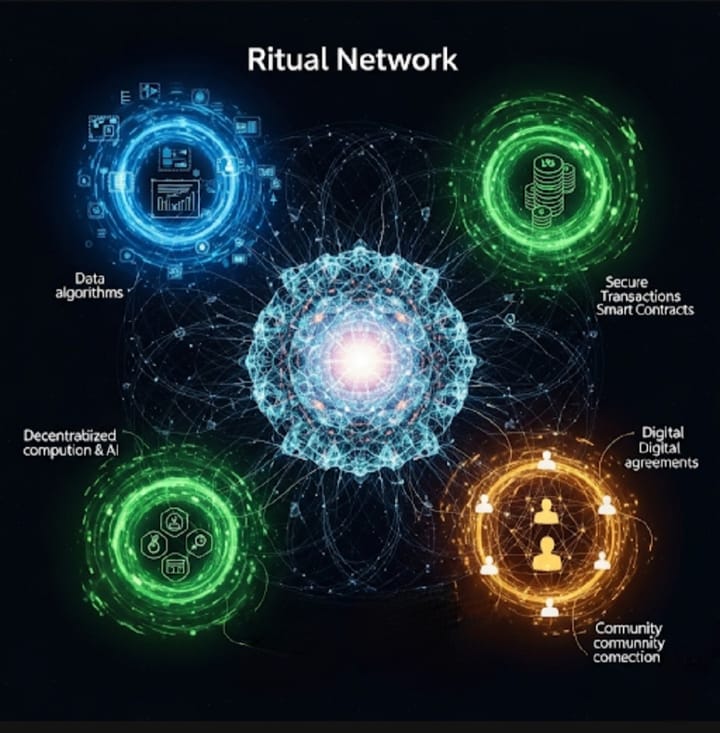The Impact of Layer 2 on Scalability

INTRODUCTION
Layer 2 solutions are no longer optional, they are critical infrastructure for scaling high-traffic blockchains. Unlike Layer 1 blockchains, which are inherently limited by consensus and decentralization trade-offs, L2 protocols provide off-chain scalability significantly reducing transaction costs while preserving security guarantees.
This article explores how L2 impacts scalability and costs, dives into technical mechanisms, and examines trade-offs.
Scalability Challenges at Layer 1
Layer 1 blockchains like Ethereum face throughput limitations due to decentralized consensus. Ethereum currently handles ~15–30 transactions per second (TPS), constrained by:
- Block size and block time limits
- Network propagation delays
- Gas cost spikes during congestion
These limitations create bottlenecks for high-volume applications such as DeFi, NFT marketplaces, and real-time gaming.
Layer 2 Solutions for Scalability
Layer 2 solutions aim to offload computational work from Layer 1, processing transactions off-chain and posting only final states or proofs on-chain. By doing so, L2 dramatically increases effective throughput while maintaining the security guarantees of the base layer.
Different approaches exist whether through rollups, state channels, or sidechains but "they share the same principle"
- State Channels – Off-chain private transactions between users; fast and low-fee.
- Optimistic / ZK roll-ups – Bundle many transactions on L1; cheaper fees and high throughput.
- Plasma Chains – Child chains committing checkpoints to L1; inherits L1 security.
- Validium – ZK-style scaling with off-chain data; very scalable but less secure.
Collectively, these mechanisms can scale blockchain networks from tens of transactions per second to thousands, making high-frequency DeFi trades, gaming interactions, and NFT marketplaces feasible without overloading the base chain.
Cost Efficiency Through Layer 2
Layer 2 solutions reduce transaction costs by batching and compressing on-chain data, optimizing how computation is performed and reduces congestion due to low demand on L1 which decreases gas price volatility by up to 80% during peak periods.
EXAMPLE:
A standard Ethereum transaction during congestion may cost $50.
The same transaction on Arbitrum or zkSync could cost just $0.05–$0.20, making frequent microtransactions and real-time interactions economically viable.
These cost savings are crucial for enabling mass adoption of DeFi, NFTs, and gaming dApps.
Trade-offs and Considerations
While Layer 2 solutions provide substantial scalability and cost benefits, they introduce measurable trade-offs.
- Security: Optimistic Rollups rely on a 1-week challenge period to verify transactions, whereas sidechains depend on their own validators, which may slightly reduce security compared to Layer 1.
- Liquidity Fragmentation: Assets often need to move between Layer 1 and multiple L2s, which can increase bridging steps by 2–3x for complex DeFi operations.
- Developer Complexity: Smart contracts may require 20–40% additional adjustments to run efficiently on L2 compared to their Layer 1 deployment.
- Settlement Latency: Optimistic Rollups can take up to 7 days for final settlement, while ZK-Rollups achieve near-instant finality, typically <1 minute.
Understanding these numerical implications helps developers and users choose the most suitable Layer 2 solution for their specific applications.
Implications for Blockchain Ecosystems
- DeFi & DEXs: L2 enables high-frequency trading with minimal slippage and gas fees.
2. NFTs & Gaming: Microtransactions and frequent interactions become feasible.
- Mass Adoption: Reduces entry barriers for users previously priced out by high gas fees.
Key insight: L2 is not just a scaling solution but an enabler of real-world blockchain usability, bridging the gap between experimental crypto applications and mainstream adoption.
Conclusion
Layer 2 solutions are transforming blockchain scalability and cost efficiency. By offloading transactions, compressing data, and optimizing execution, L2s allow networks to scale thousands of TPS while slashing fees.
Bottom line: Without L2, Layer 1 blockchains will struggle to support the next wave of high-volume applications and mainstream adoption. Layer 2 is the backbone of scalable, cost-efficient blockchain ecosystems.



Comments ()